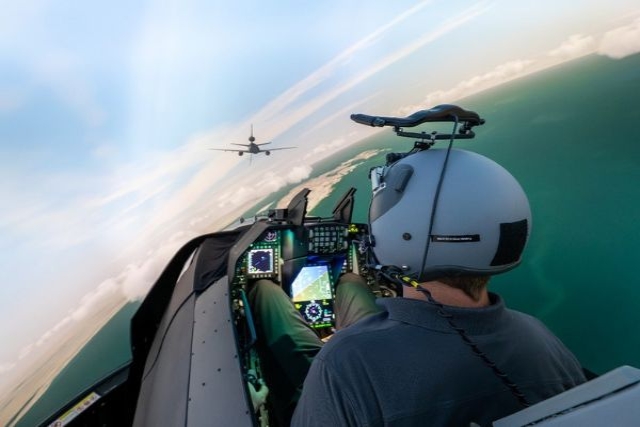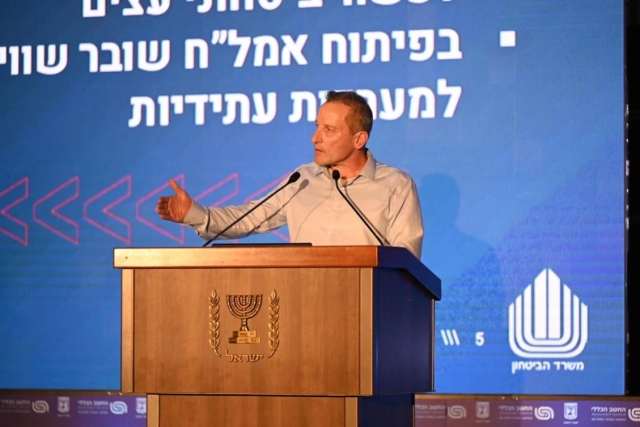Alenia Aermacchi to Develop M-345 Trainer
Alenia Aermacchi has teamed with Italy MoD to define the operational specifications for a new jet trainer.
The agreement was signed at the Paris Air Show last week, for the collaboration on the development of a new basic-advanced trainer, the M-345 HET (High Efficiency Trainer) and is expected to enter service by 2017-2020.
The agreement calls for the immediate creation of a joint working team between the Defence and industry to define the technical specifications of this new aircraft and identify the steps necessary for the preliminary study and its consequent development, taking into account the principles of cost effectiveness and to satisfy the possible requirements of the global market.
The M-345 jet-trainer is offered as a basic-advanced lightweight fast jet trainer with Life-Cycle Costs and provides much better training effectiveness, as it offers a real jet environment and real jet handling, according to reports. With its flexibility and flying qualities, in particular at high operational speed, the aircraft allows significant “downloading” of flying hours from the advanced training phase.
The yet unsold aircraft, called the M-345 High Efficiency Trainer (HET), is the latest attempt by Alenia to find a market for its M-311 single-engine jet trainer, which was derived from the decades-old SIAI-Marchetti S.211. The M345 is designed to address training phases in advance of the more advanced syllabus supported by the M-346 Master – two of which have already been delivered to the Italian Air Force.
The M-345 HET will be equipped with a turbofan engine in the 1.600 kg (3,500 lb) thrust class and will offer long endurance and high load factors between +7/-3,5 g. Furthermore, it will feature a new, low-cost HUD (Head Up Display) and an associated image repeater in the rear cockpit, operating with multi-function digital displays for both pilot stations. Both crew-members will also have full Hands On Throttle-And-Stick (HOTAS) controls.
To reduce operating costs Alenia plans to offer the aircraft operators a simplified, two-level maintenance concept, eliminating the third and most onerous level of general revision of the aircraft. This support method relies on the design of Condition-Based-Maintenance and easy access to on-board systems and extensive use of Health and Usage Monitoring System (HUMS) providing all the information on the state of the aircraft structure, engine and system. The introduction of the pressure refueling system and of an OBOGS (On-Board Oxygen Generating System) will further easing the skill levels required for ground support, thus reducing the interval time between flights.










